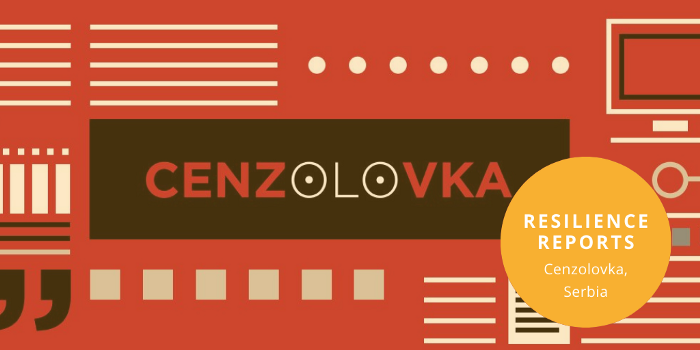 This case study is part of Resilience Reports, a series from the European Journalism Centre about how news organisations across Europe are adjusting their daily operations and business strategies as a result of the COVID-19 crisis.
This case study is part of Resilience Reports, a series from the European Journalism Centre about how news organisations across Europe are adjusting their daily operations and business strategies as a result of the COVID-19 crisis.
In a nutshell
The first person reports from journalists, cartoons and an emergency fund for local publications sought to address press freedom challenges that have worsened in Serbia during COVID-19.
What is Cenzolovka?
- Cenzolovka is a Serbian news website dedicated to journalism, media and freedom of speech. It was founded in 2014 by The Slavko Ćuruvija Foundation (SCF), a not-for-profit created in honour of Serbian journalist and newspaper owner Slavko Ćuruvija who was murdered in 1999 by the members of Serbia’s State Security Agency. The foundation works to promote and support the development of free, independent, and accountable media and the advancement of investigative journalism in Serbia.
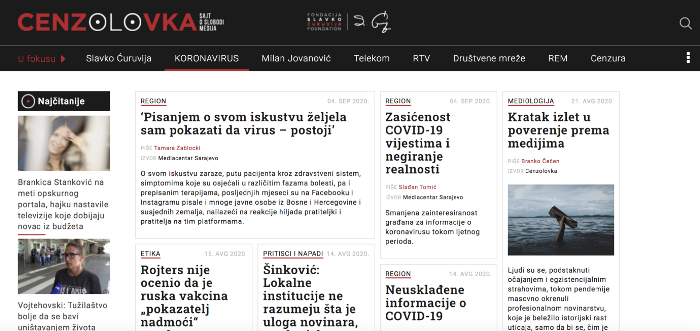
- The meaning of “Cenzolovka” in Serbian means “the censorship hunter”. Cenzolovka reports on freedom of speech issues, censorship in media, as well as the assaults and threats on journalists in Serbia. The site carries original reporting but also serves as a news aggregator. Run by an editorial team of three journalists, it also relies on a number of freelancers throughout Serbia.
- Cenzolovka publishes the majority of articles in Serbian — which can be easily understood by Croatians and Bosnians — but translates select articles into English to reach a wider audience. All articles are free to read and are aimed at the wider public and journalists. The website receives 300,000 monthly page views with most readers coming from Serbia, as well as neighbouring countries in the Western Balkan region. Cenzolovka also publishes a weekly media brief newsletter in Serbian and a biweekly one in English.
- The SCF, and by extension Cenzolovka, is supported by various domestic and foreign organisations, including The National Endowment for Democracy, Open Society Foundation Serbia, the Embassy of Canada in Belgrade, The Rockefeller Brothers Fund, and the European Union
How did Cenzolovka handle the COVID-19 crisis?
- Very early on during the coronavirus crisis, Cenzolovka heard that Serbian local media were being prevented from publishing any information about COVID-19. This worried the team and they commissioned a series of eight first-person articles about the challenges of informing the public during the pandemic. One article looked at how data from independent media was concealed in Pancevo, a city east of Belgrade, while another reported the protest of newsrooms in Nišfollowing journalists being denied access to basic information about the coronavirus in the city. These stories served as a warning for local people and were popular on social media, particularly Facebook, where they received upwards of 1000 likes, shares and comments. The stories were subsequently picked up by other local media and some national newspapers and meant Cenzolovka played an important role in highlighting the undemocratic treatment of media organisations across Serbia.
- Cenzolovka also used cartoons to explain the government’s treatment of journalists during COVID-19. The team worked with two renowned comic book authors — Marko Somboracand Igor Lečić aka Milan Dog — to satirise the government, Serbian president Aleksandar Vučić and the national tabloid press. They also covered attacks on journalists during the pandemic, including the arrest of Nova.rs journalist Ana Lalic for reporting on the chaos in a hospital in Novi Sad, the second-largest city in Serbia. The cartoonists’ popularity helped people understand complex messages in a simple and direct way.
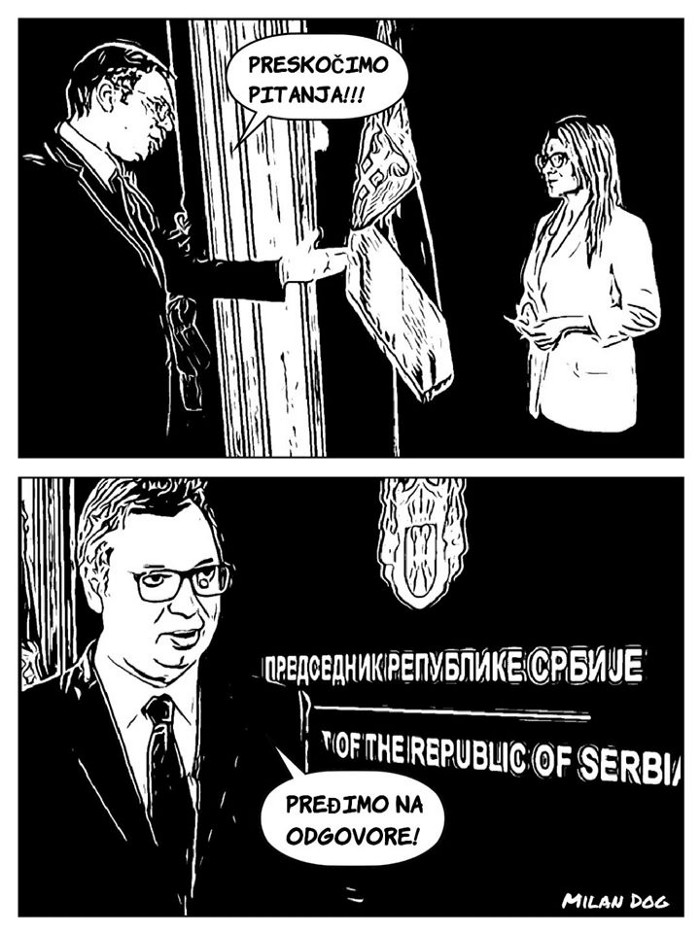
Satire by Igor Lečić aka Milan Dog.
- Cenzolovka also sought to provide practical advice to journalists covering the coronavirus pandemic. This included:
- Reports about burnout and mental health issues suffered by journalists when reporting on the pandemic. As part of this, Ana Lalic was invited to talk to young local journalists at the School of Digital Journalism, an initiative founded by the SCF.
- Guides about how to report on protests following public violence in Belgrade after a second quarantine was announced in July. As part of this, Cenzolovka published tips from an experienced journalist who had covered protests in Serbia and abroad.
- Support and advice for journalists who were caught up in the protests. This included Igor Stanojevic, who was arrested by police but released without charge. Cenzolovka was able to quickly inform Serbia’s Permanent Working Group for the Safety of Journalists as well as international organisations, who wrote about Igor Stanojevic’s arrest and argued for his release.
- In June, SCF established a Solidarity Fund for local media outlets by reallocating funds from projects supported by Rockefeller Brothers Foundation and National Endowment for Democracy. The fund sought to provide local media outlets with a proven track record of adherence to professional standards with emergency funds to allow them to continue to produce relevant information in the public interest. SCF received 76 applications, which was many more than expected and proved the dire financial health of the media in Serbia. Only six news organisations could receive funds — Pressek from Kragujevac, JUG Press from Leskovac, SOInfo from Sombor, Radio 100 plus from Novi Pazar, Radio City from Nis and GM Info from Gornji Milanovac — and each has received between $3,773 to $4,792.
How has COVID-19 changed the future of Cenzolovka?
- At this early stage, it’s difficult to understand the effect of the Solidarity Fund or how it might change the future operations of Cenzolovka or SCF. However, it is clear that local and independent media are increasingly scarce in Serbia and that cities across the country, including Belgrade, face a future without any independently owned media. The team at SCF and Cenzolovka strongly believe that the support they provide is more important than ever to help create an environment that nurtures professional journalism and enables the fair market game to critical media.
- As well as the topics that have already been covered so far, Cenzolovka plans to focus more on the financial impact of the pandemic on the media industry and journalists. This includes the effect of COVID-19 on the advertising industry and the potential of other possible revenue models to fill the gap. Similarly, it plans to keep track of the number of journalists made redundant or fired as a result of coronavirus. For instance, Cenzolovka recently reported on the layoffs of 200 people from Radio-Television Vojvodina, a public service that covers Serbia’s northern autonomous province of Vojvodina, following cuts to funding.
What have they learned?
“COVID-19 has had a huge impact on local media outlets and their sustainability in Serbia. It was hard for us in history and it will be harder in future.”
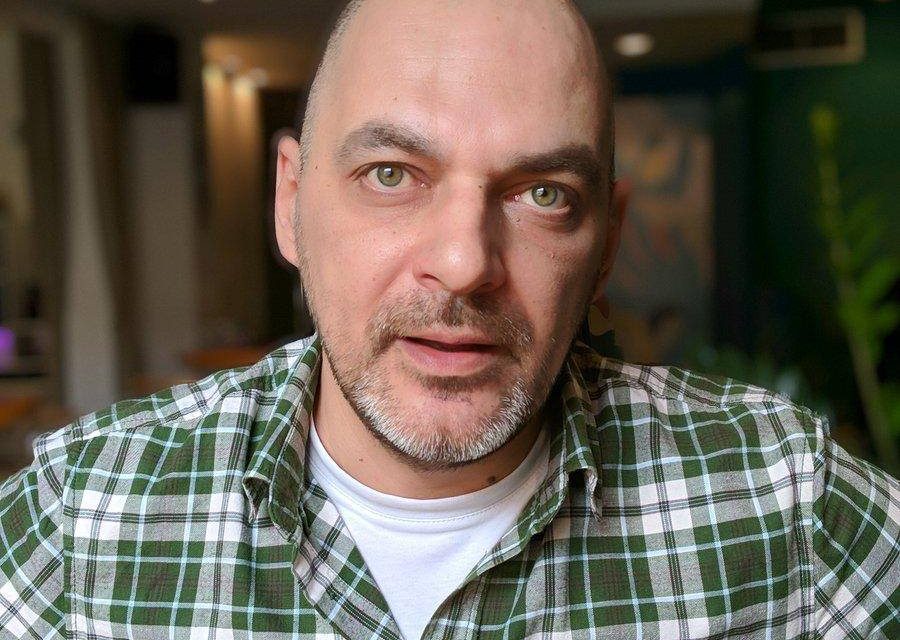
Denis Kolundžija (foto: privatna arhiva)





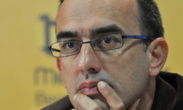

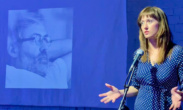
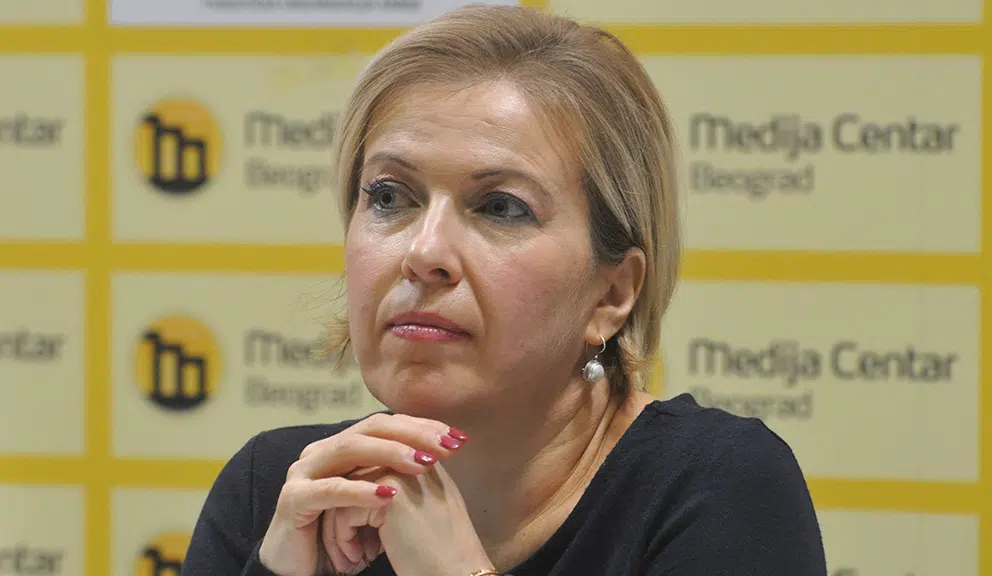 Tatjana Lazarević, Kossev: Udaraju tamo gde je najslabije, u medije koje i kosovska i srpska vlast targetiraju kao vinovnike zla
Tatjana Lazarević, Kossev: Udaraju tamo gde je najslabije, u medije koje i kosovska i srpska vlast targetiraju kao vinovnike zla Algoritam ili urednik - ljudima je svejedno
Algoritam ili urednik - ljudima je svejedno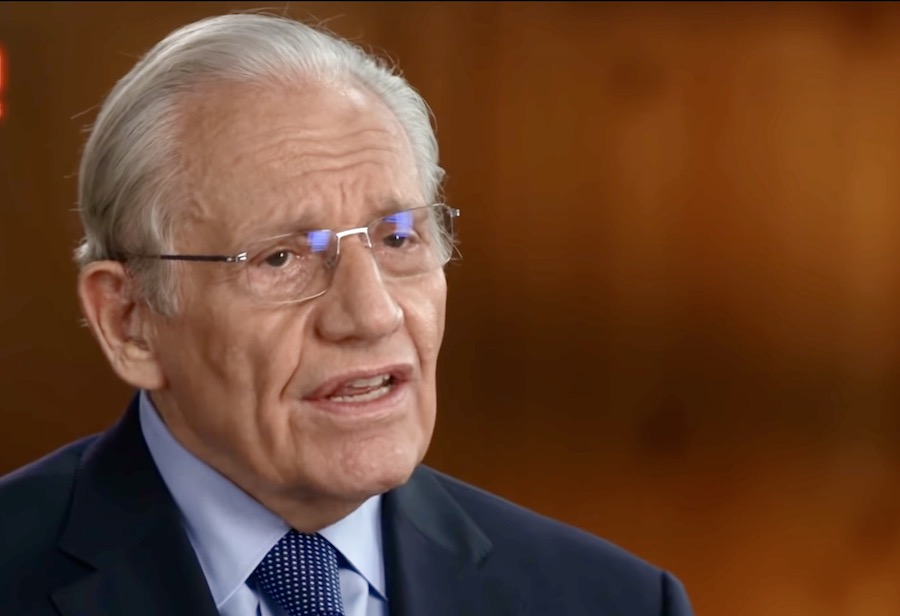 Zar i ti, sine Bobe?
Zar i ti, sine Bobe?
Ostavljanje komentara je privremeno obustavljeno iz tehničkih razloga. Hvala na razumevanju.